Nobel 2025: When Quantum Mechanics Becomes Visible
.jpg)
The 2025 Nobel Prize in Physics marks a new milestone in our understanding of the quantum world. Michel Henri Devoret, John Clarke, and John M. Martinis have received worldwide recognition for discovering macroscopic quantum-mechanical tunneling and energy quantization in electrical circuits — phenomena that bridge fundamental physics with the engineering of the future.
How does this discovery change our perception of nature, and what is the philosophy behind quantum physics? We discuss this with Pylyp Kuznietsov, Director of the Education and Research Institute “School of Physics and Technology.”
— Mr. Pylyp, this year’s Nobel Prize in Physics was awarded for a discovery proving that quantum effects can manifest in the macroscopic world. How would you explain the essence of this discovery in simple terms?
This discovery essentially proves that the strange rules of the quantum world can apply not only to microscopic objects (like atoms) but also to objects large enough to be seen. We all know that in quantum mechanics, there exists a phenomenon called tunneling, where a particle with energy lower than a barrier can still pass through it. It’s as if a ball that doesn’t have enough energy to roll over a hill simply disappears on one side and reappears on the other — effectively passing through the wall. A sort of teleportation, if you will.
— Quantum mechanics has existed for over a hundred years. What new insights have this year’s laureates provided?
Essentially, they demonstrated that an electrical circuit made of superconductors — containing billions of electrons and large enough to be considered “macroscopic” — can behave as a single quantum particle. The transition of an entire ensemble of electrons through an energy barrier confirms that the collective behavior of billions of particles can still remain quantum in nature.
— What was the main challenge of this experiment?
The greatest challenge lay in isolating a relatively large (macroscopic) quantum system from any external influence that could destroy its quantum properties. The issue of isolating it from so-called “noise” (thermal and electromagnetic) was solved through ultra-low temperatures and multi-layer shielding. Highly sensitive measurement techniques were also needed, including resonant activation and the Josephson superconducting effect.
— What is quantum tunneling, and why does it seem “contradictory” from the standpoint of classical physics?
Quantum tunneling is a result of the so-called wave–particle duality. Micro-objects are both particles and waves at the same time. According to quantum mechanics, a particle is described by a wave function that determines the probability of its presence in a particular point in space. Even inside a barrier (a classically forbidden region), the wave function does not immediately drop to zero — it exponentially decays. If the barrier is thin enough, this wave function has a small but nonzero amplitude on the other side, meaning there is a finite probability that the particle will “tunnel” through it. Can this be reconciled with our common sense?
— Why do you think quantum mechanics still provokes so much wonder and philosophical debate?
Quantum mechanics continues to provoke amazement and philosophical reflection because its fundamental principles directly contradict our everyday intuition and experience of the macroscopic world, challenging our basic notions of reality and causality. Unlike classical physics, where an object always exists in a definite state, quantum mechanics introduces the phenomenon of superposition, where a particle exists in all possible states simultaneously until measured — forcing us to question what “reality” is before observation.
Moreover, quantum mechanics is probabilistic rather than deterministic: it predicts only the likelihood of a particle being in a certain state, raising the philosophical question of whether the universe is fundamentally random (as Einstein doubted, saying, “God does not play dice”).
The deepest philosophical puzzle is the measurement problem, since the act of observation collapses the superposition, forcing the system to “choose” one classical state. This raises questions about the observer’s role — even whether consciousness plays an active part in creating physical reality.
Finally, phenomena such as quantum entanglement — where two particles instantaneously correlate their states regardless of distance — defy the principle of locality and make us reconsider how fundamental space and time truly are. These contradictions with everyday experience ensure that quantum mechanics remains a constant source of philosophical debate about the nature of existence itself.
— How might this discovery affect the training of students at the School of Physics and Technology?
The year 2025 is the International Year of Quantum Science and Technology, proclaimed by the UN under UNESCO’s auspices to mark the 100th anniversary of modern quantum mechanics. The main goal is to raise global awareness about the fundamental importance of quantum science and its transformative potential for future technologies — including quantum computing, sensing, and cryptography.
At the School of Physics and Technology, we actively keep pace with modern high technologies. Notably, this year we launched a new interdisciplinary master’s program “Quantum Technologies and Quantum Computing”, and IT specialists can enhance their skills through a certificate program of the same name.
Our Institute is also carrying out an international research project, “Quantum Dynamics in Novel Chalcogenide Materials and Devices,” in collaboration with colleagues from the USA and Poland. We host educational and scientific events such as the Kharkiv Quantum Seminar, Quantum Programming Workshop, and Winter Quantum School.
Naturally, all modern discoveries and inventions are integrated into our academic courses. Thus, a graduate of the School of Physics and Technology is always in demand on the labor market — especially in the rapidly developing field of quantum technologies and quantum computing.



.jpg)
.png)
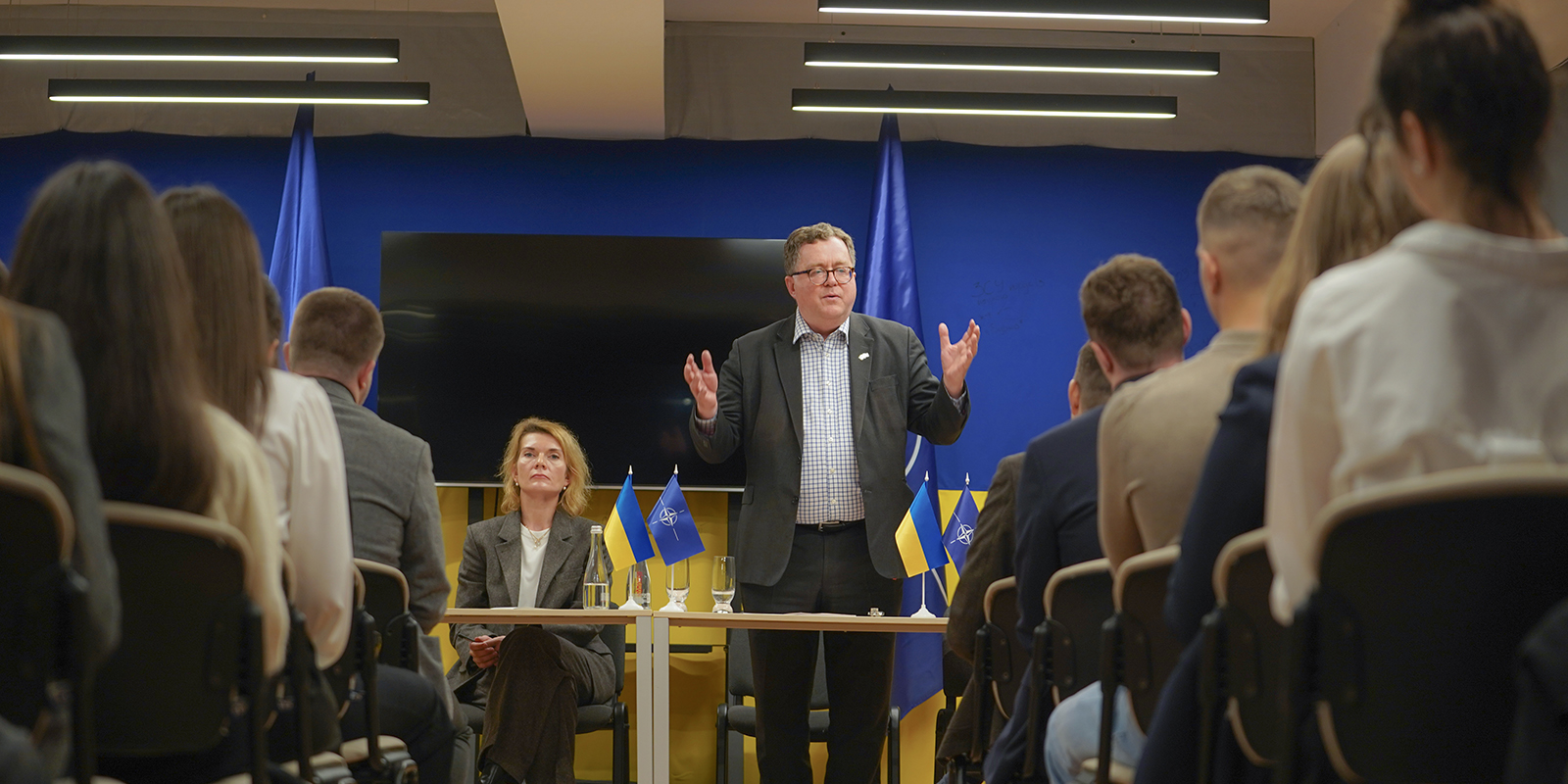
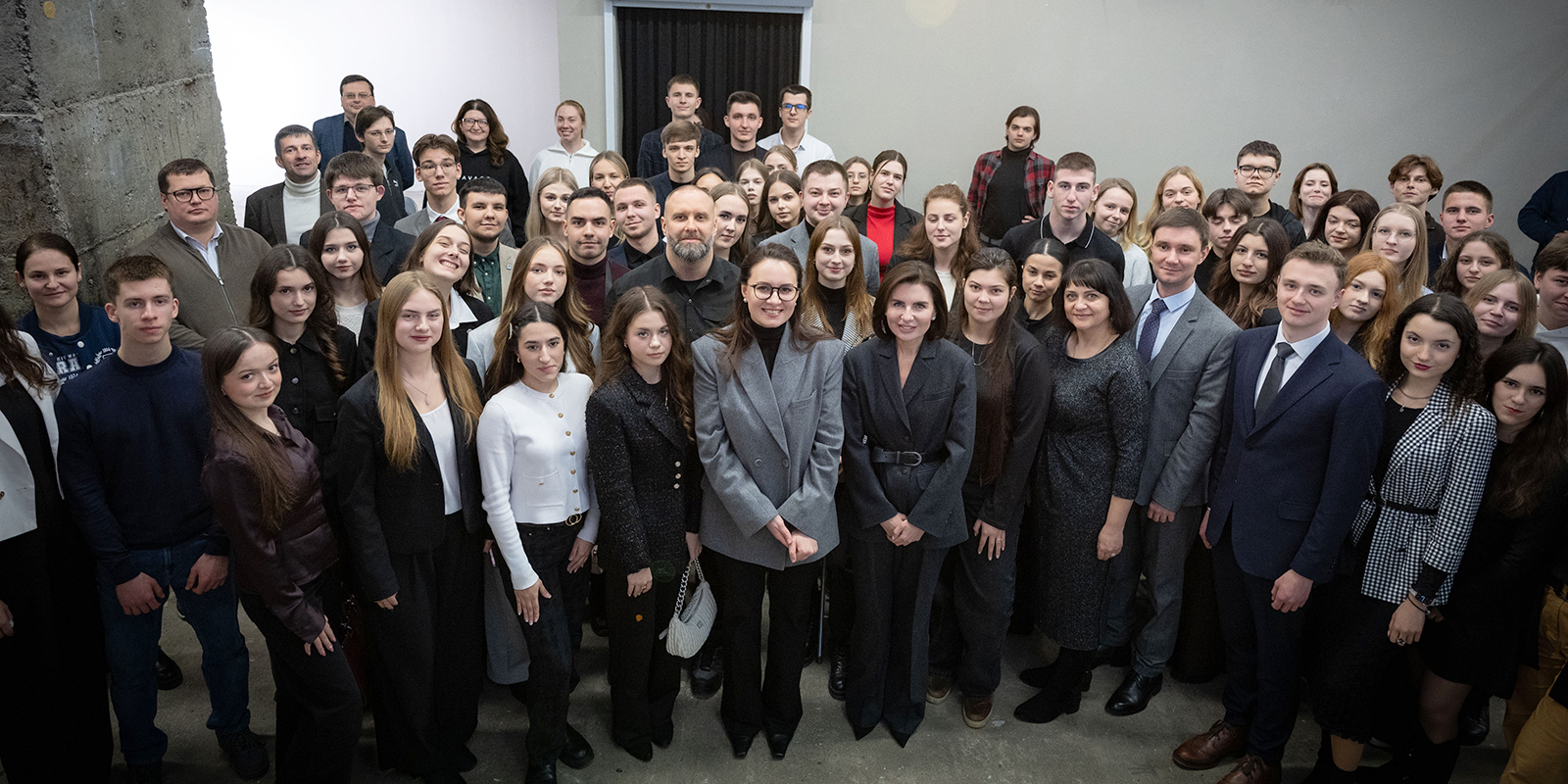
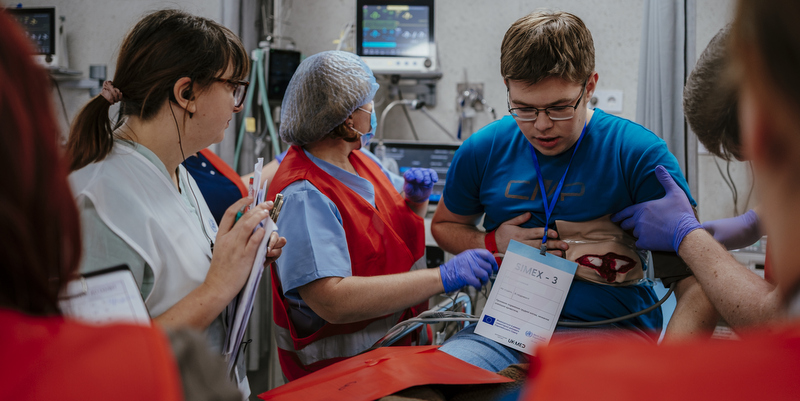

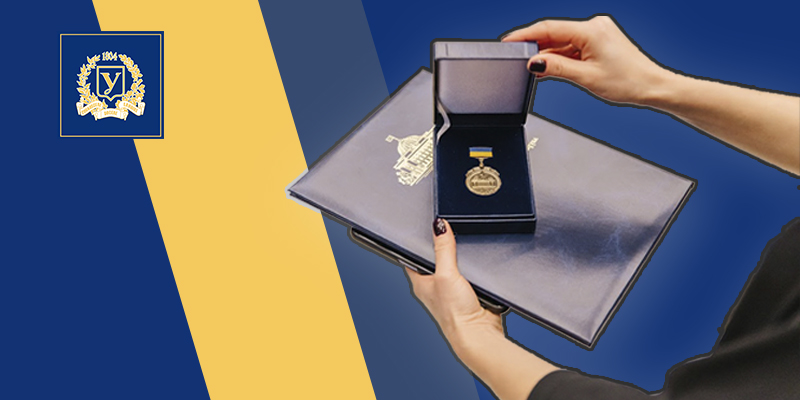
%20(1).jpg)
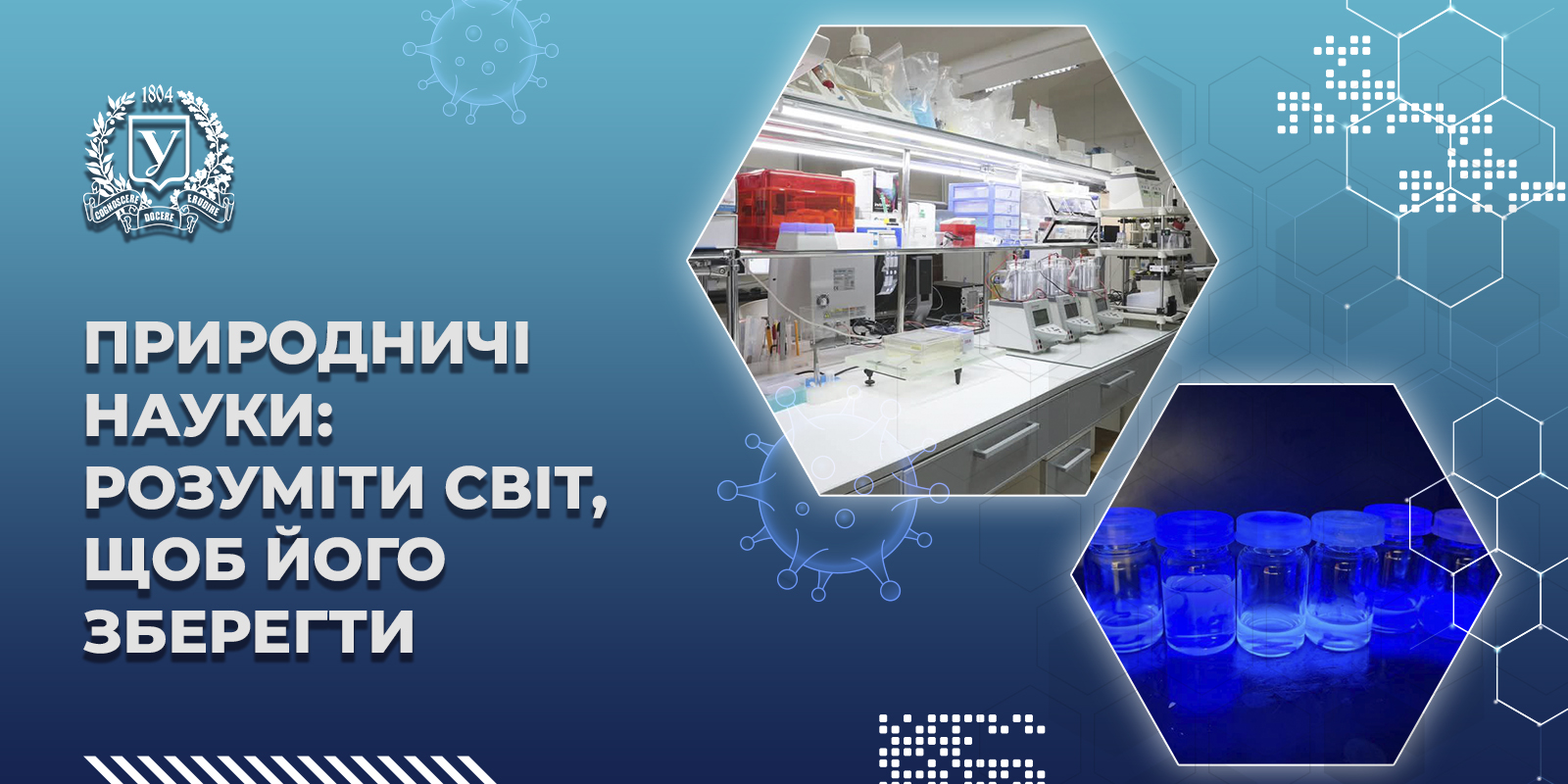
.jpg)